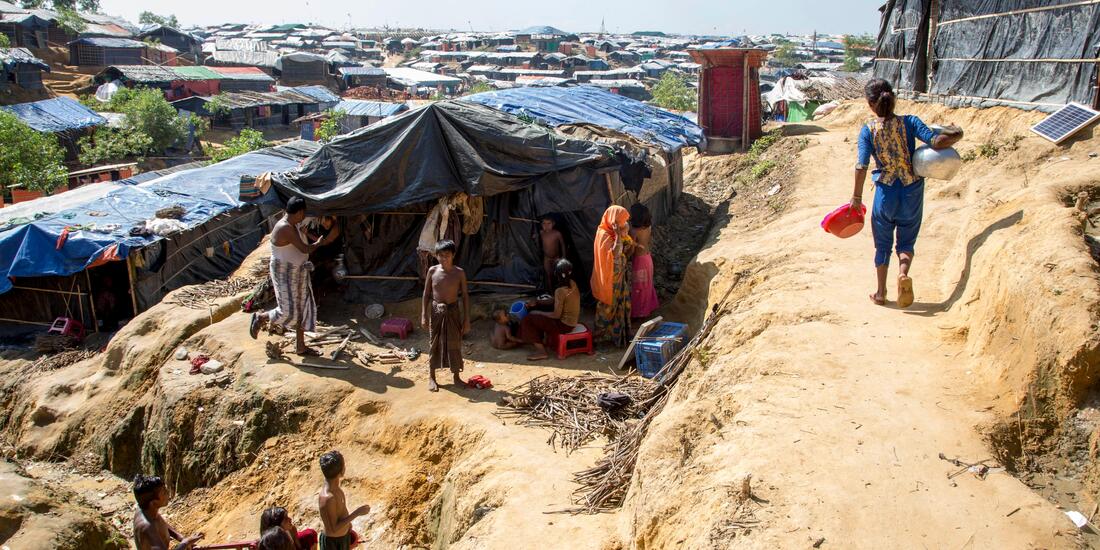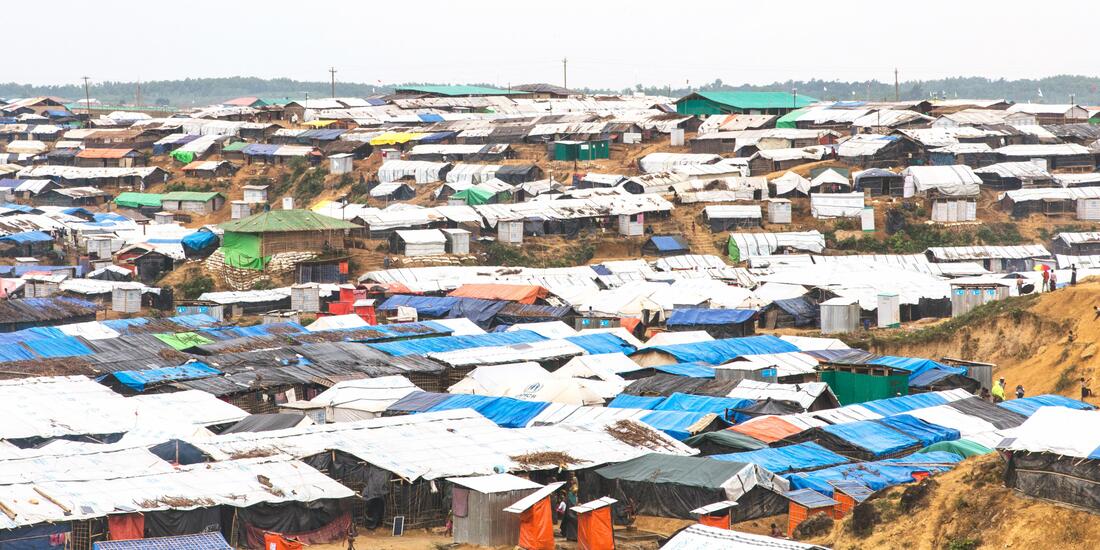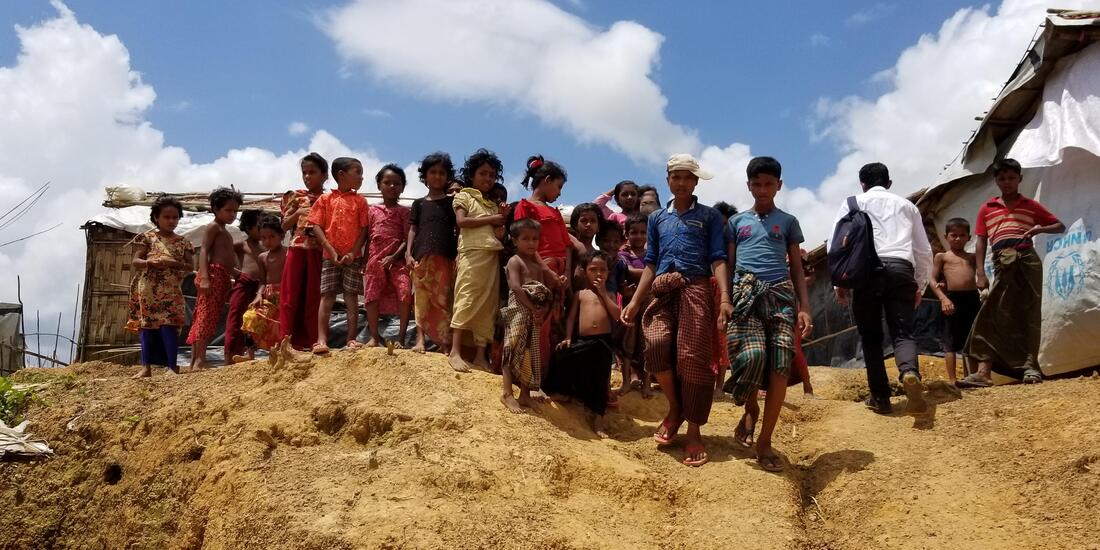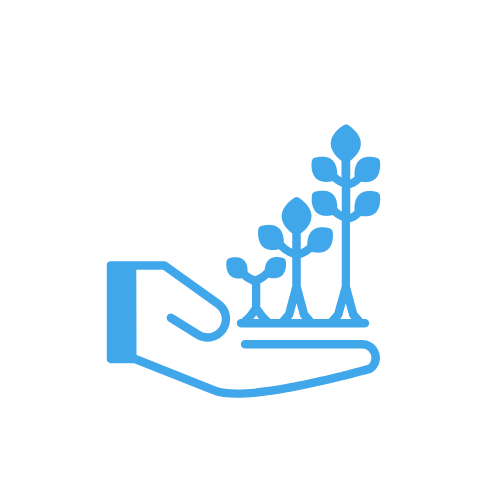|
Background The Rohingya are a Muslim minority group in Rakhine State, on the western coast of Myanmar. Long described as the world’s ‘most persecuted minority, the UN Advisory Commission now state that the Rohingya people ‘constitute the single biggest stateless community in the world’. The Rohingya face continual anti- muslim persecution from the government of Myanmar who claim they are not a genuine ethnic group but are Bengali immigrants, whose presence is a legacy of colonial times. Since the 1940s, ongoing persecution, violent military campaigns and gross human rights abuses have caused the exile of over one million Rohingya people. Since the government passed the 1982 Citizenship Act, the Rohingya people have been denied access to citizenship and subjected to grave atrocities at the hands of the authorities and local population in Myanmar. Many groups have described the treatment of the Rohingya as genocidal, yet the international community have largely ignored their plight for many years. To escape this treatment over the decades, Rohingya refugees have made perilous journeys at sea or fled across borders, often to countries that are already impoverished and over populated, including Bangladesh. Until mid 2017, according to government estimates, Bangladesh was already hosting around 500,000 displaced Rohingya. With the UN camps at capacity by 2005, makeshift camps emerged, but conditions were poor and children had no opportunity for education. Children on the Edge worked in Kutupalong makeshift camp from 2011, providing low profile schools for 2,700 children. 2017 Refugee Crisis In August 2017, a catastrophic rise of violence and calculated ethnic cleansing in Rakhine State, forced an additional 700,000 Rohingya people into Bangladesh. Refugees fled into into the makeshift refugee camps along the border; who were ill-equipped to host thousands of traumatised new arrivals. Hundreds of thousands ended up in the Kutupalong area, where we were working. The attention this drew from the international stage and the obvious horror of what this huge influx of people have endured, prompted the Bangladeshi government to finally allow international NGOs to provide services to unregistered refugees. Life for children in Kutupalong
Children arriving in the camps were traumatised, cut off from services, and vulnerable to exploitation and disease. After generations of being marginalised, they have no expectation of the rights they deserve, no education for the future and are ill equipped to survive the daily challenges of their environment. The Strategic Executive Group Joint Response Plan (JRP) evidenced the following needs:
There is currently an estimated 902,000 Rohingya refugees living in densely populated camps along the Bangladesh-Myanmar border and an additional 7,000 in the host communities. With 66,000 refugees packed into a square kilometre, the camp faces numerous challenges, but none larger than the lack of space. Human Rights Watch state that on average, there is just 10.7 square metres of usable space per person compared to the recommended international standard of 45 square metres per person. Carving out adequate room for a school in this environment is tremendous challenge. Click below to read how we have met this challenge and how are schools are beginning to meet the needs of 7,500 children. Support usComments are closed.
|
RECEIVE OUR EMAILSBlog Categories
All
Archives
July 2024
|
|
JOIN US ON SOCIAL MEDIA
|
Annual Report | Contact Us | Jobs | Media Centre | Resources | Shop
Accessibility & Policies: Accessibility | Equity, Diversity & Inclusion Policy | Complaints| Privacy Policy | Safeguarding
Accessibility & Policies: Accessibility | Equity, Diversity & Inclusion Policy | Complaints| Privacy Policy | Safeguarding
Children on the Edge, 5 The Victoria, 25 St Pancras, Chichester, West Sussex, PO19 7LT, UK | 01243 538530 | [email protected]





 Give monthly
Give monthly Fundraise for us
Fundraise for us RSS Feed
RSS Feed
